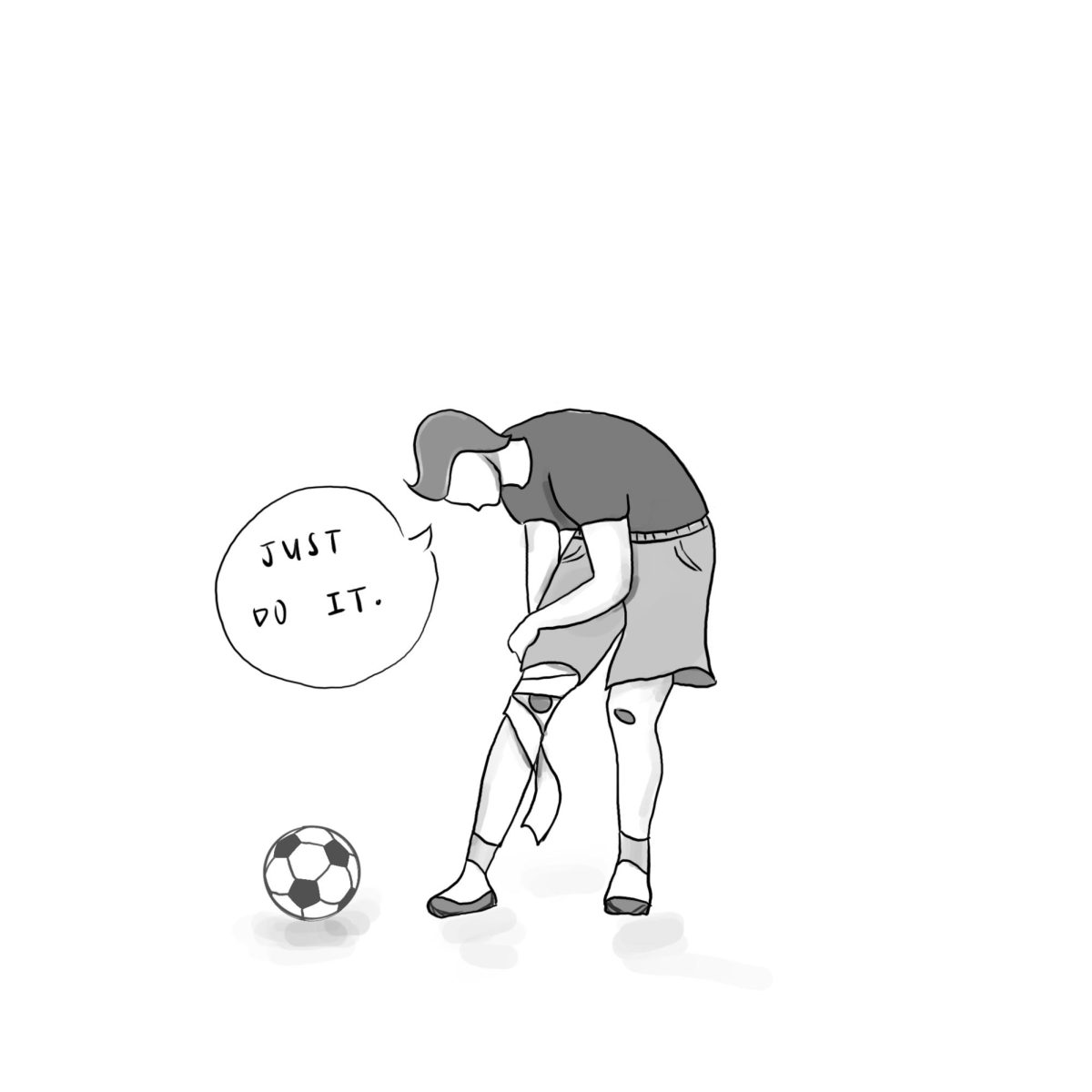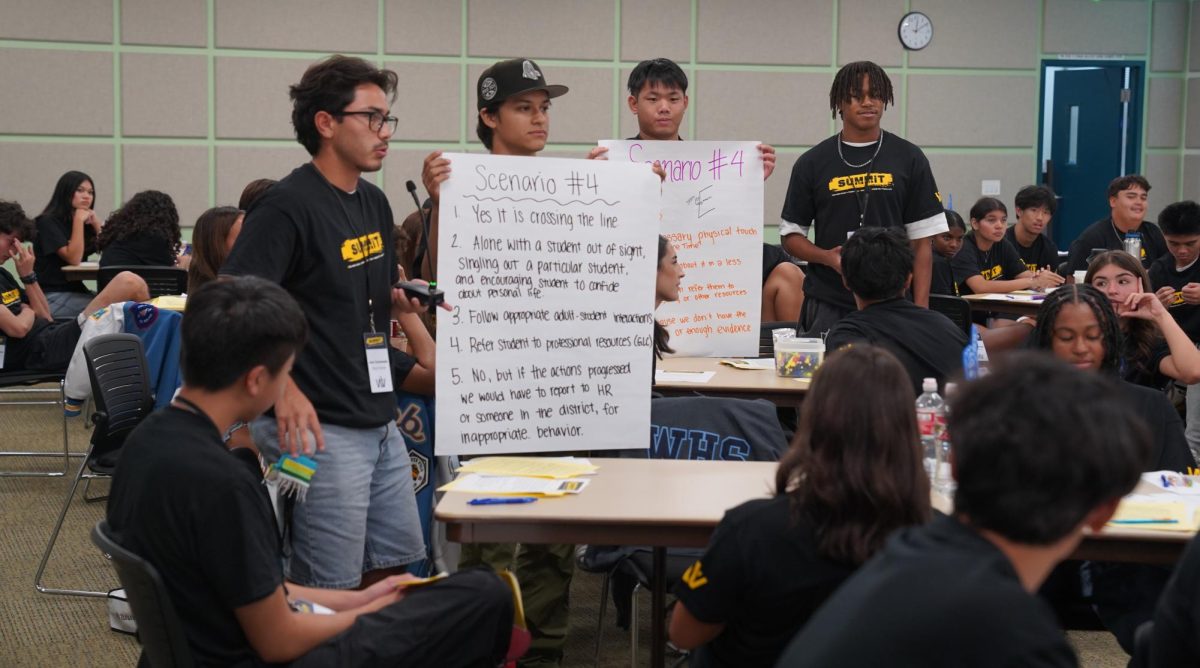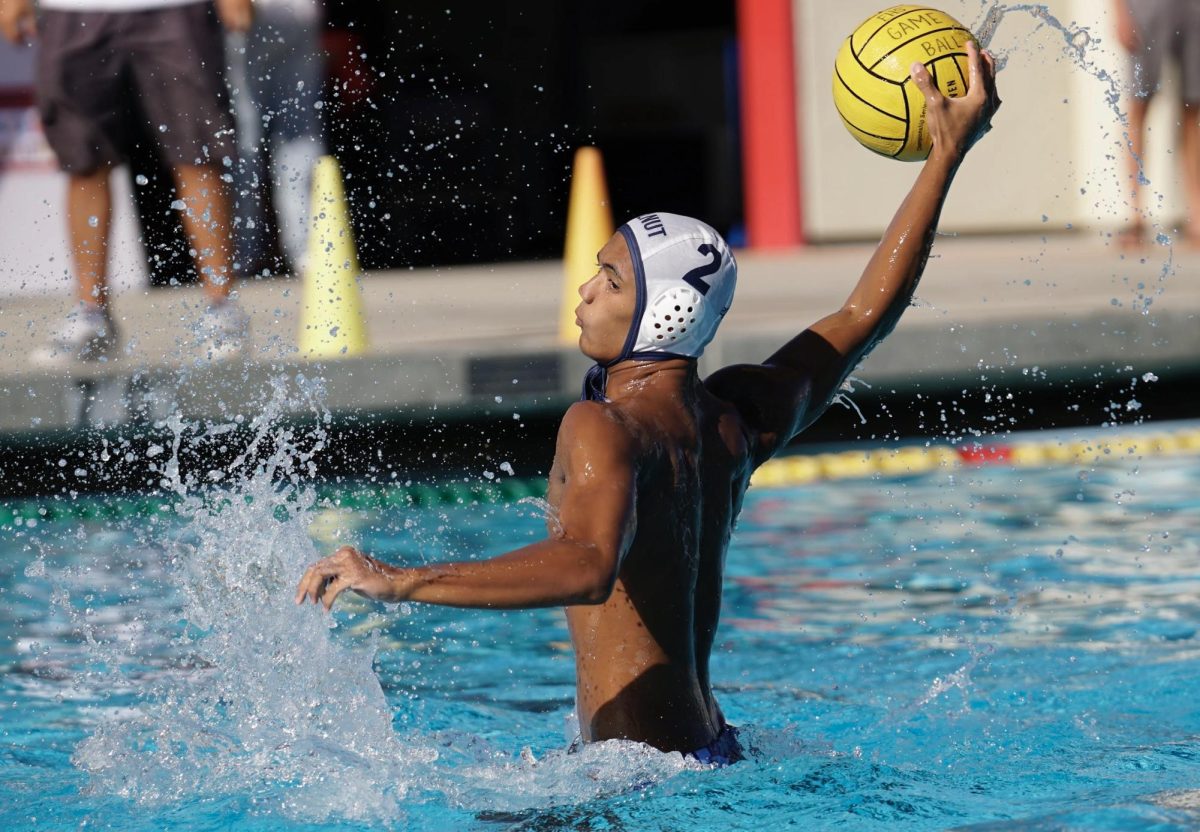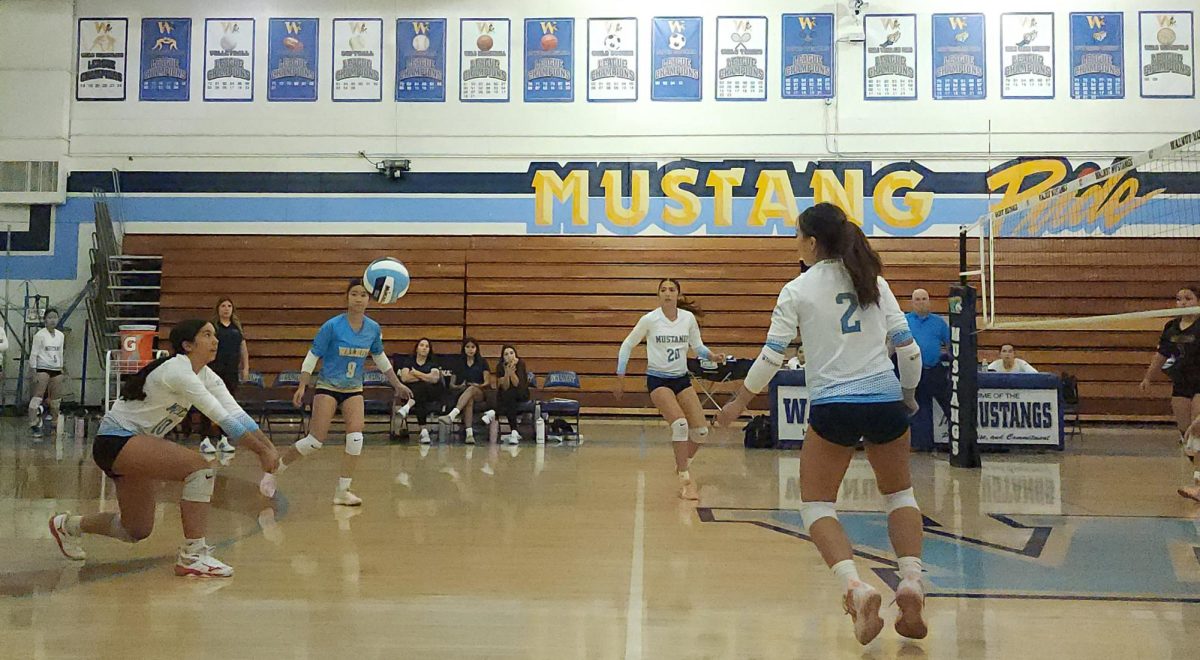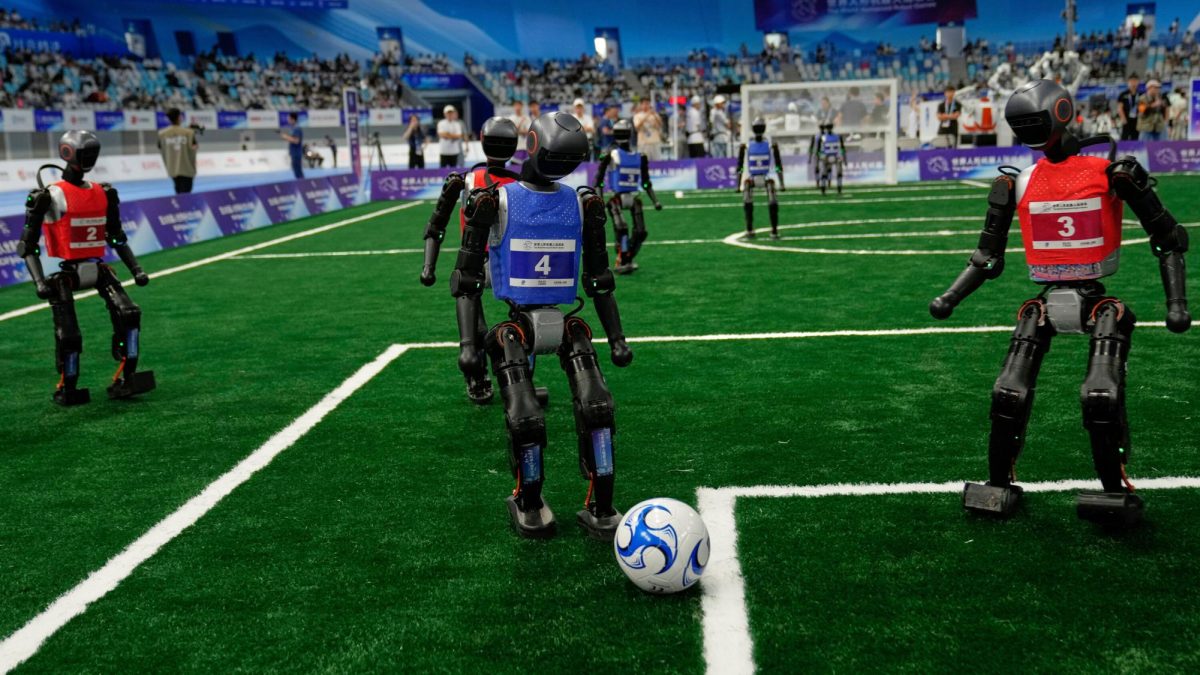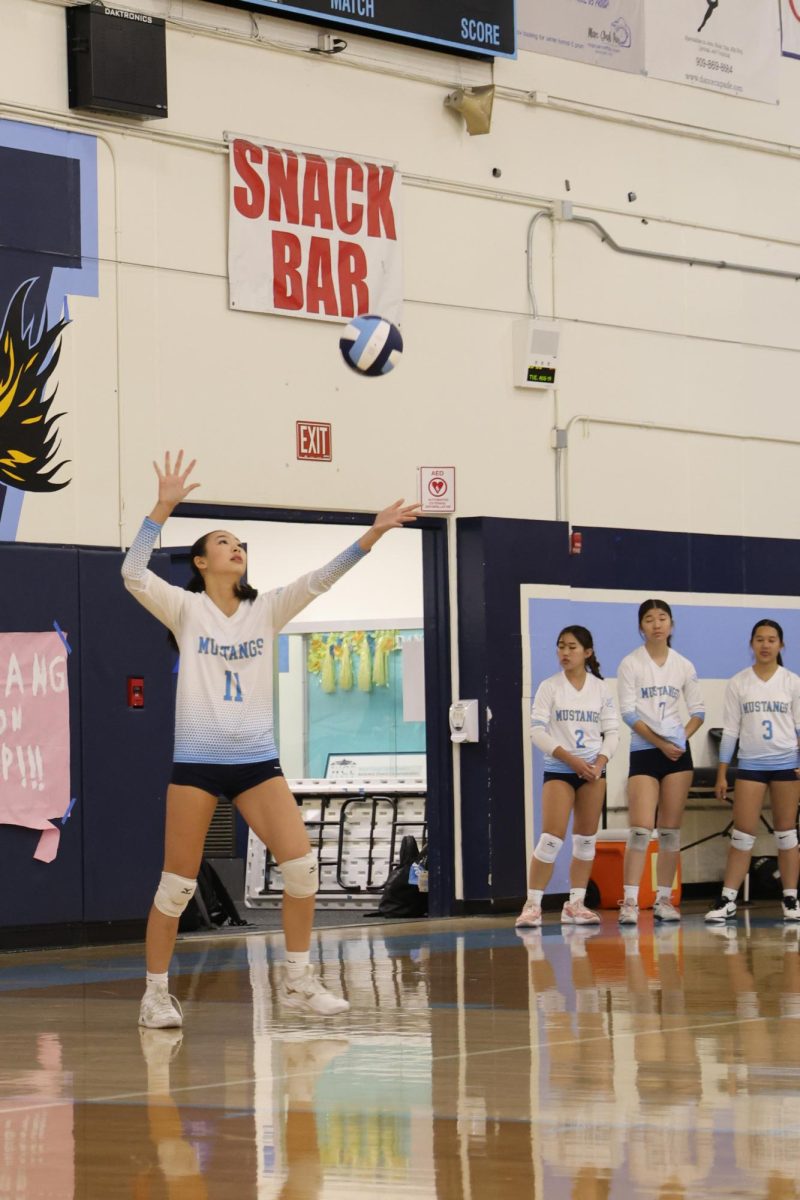“Can I go to Victoria’s?” is a commonly used question in the Walnut athletic space to visit the school’s athletic trainer. Whether we like it or not, injuries get the best of us, and that is not something that people look forward to. However, there is a tendency, especially in high school, of athletes downplaying their own injuries to secure playing time, and even more common, faking injuries to get out of practice.
Many high school athletes realize how common and easy it is to fake injuries and it could be for multiple reasons. Both are extremely risky and dangerous for the athlete’s body as it could lead to further, worse injury. They could have too many academic responsibilities, extracurriculars, social events and familial activities. Another reason for athletes falsifying injury is that some people are scared about the high-stakes involved in practices or games. Athletes could wind up spiraling down a bad habit of lying for their own gain.
Young athletes could have had parents who made them play the sports throughout their childhood. The constant coaching, different teammates and running plays could be a lot on a child and make it so when they approach high school, their passion for the sport runs out. This could make athletes who play a sport not enjoy it as much and lead to them faking an injury.
In some more competitive sports such as basketball or football, players might hide their injuries to be able to show their athletic prowess for scouts or coaches for colleges. While people lose passion for a sport, some people might have a great passion for the sport and don’t enjoy taking days off from practice. Running is a great passion of mine and taking days off really helps with my balance with academics and to avoid overworking my body.
The risks of both faking injuries and covering up injuries can pose a risk to the athlete. The athletes who fake injuries lose time for growth and development, while the people who cover up injuries can pose further risk for even greater injuries. The greater injuries could lead to long-term injuries which could pose a threat for athlete’s health in the future.
One of my own experiences with practicing through pain is after a half-marathon, I should have taken some days off because my calves were extremely worn to the point I couldn’t descend stairs correctly. Stretching my calf in the way I walked down stairs made it hurt even more. I still decided to practice after such a major race because I had the fear of missing out of practice with my teammates and I paid the price getting constant calf cramps in the following week. Running through injury or soreness can stress out the body a lot more than wanted. Make sure you understand your body as it develops so you can take the needed time to recover.
High school sports should not be an environment with toxic influences for athletes to reach, it should be a compelling environment where athletes can keep striving for better. The fundamental values of high school sports should be centered around providing athletes with a strong support system, opportunities for personal and athletic growth and the development of resilience. By doing this, high school sports can create a positive and enriching experience for all student-athletes, regardless of their skill level or competitive aspirations.

